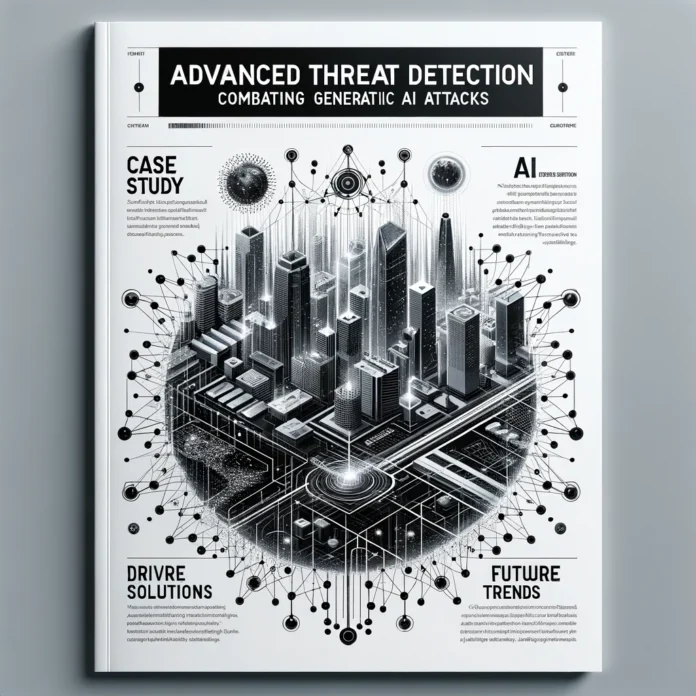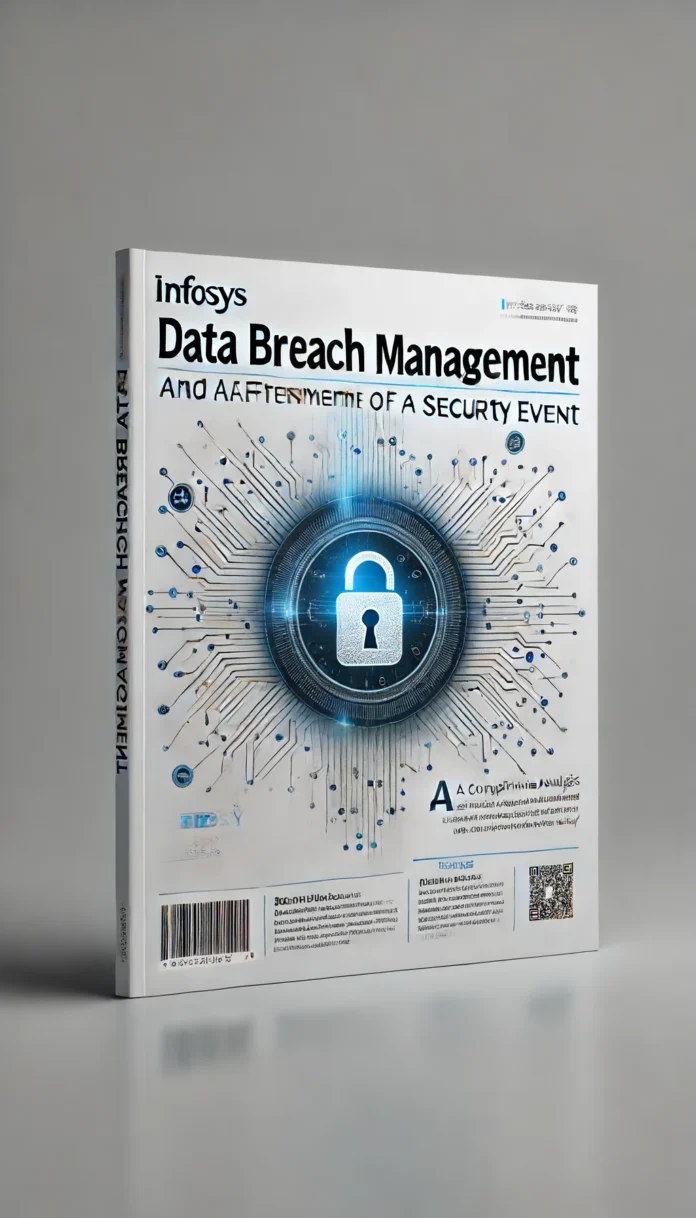In today’s rapidly evolving digital landscape, IT risk management is a critical component for organizations aiming to safeguard their assets and maintain operational integrity. Implementing effective IT risk management solutions requires a strategic approach that addresses potential vulnerabilities while ensuring business continuity. Here are three proven strategies for successfully implementing IT risk management solutions, supported by current data and practical examples.
1. Comprehensive Risk Assessment and Prioritization
Overview
A thorough risk assessment forms the foundation of any IT risk management strategy. This involves identifying, analyzing, and prioritizing potential risks to an organization’s IT infrastructure. By understanding the nature and impact of these risks, organizations can allocate resources effectively and develop targeted mitigation plans.
Implementation Steps
- Inventory of Assets: Begin with a comprehensive inventory of all IT assets, including hardware, software, data, and network components.
- Risk Identification: Identify potential risks such as cyber threats, hardware failures, software vulnerabilities, and human errors. Utilize frameworks like NIST SP 800-30 for guidance.
- Risk Analysis: Assess the likelihood and impact of each identified risk using qualitative and quantitative methods. Tools like risk matrices and Monte Carlo simulations can be beneficial.
- Risk Prioritization: Prioritize risks based on their potential impact on business operations. High-impact risks should be addressed first.
Example
A financial services firm conducted a risk assessment and discovered that outdated software on critical servers posed a significant security threat. By prioritizing this risk, the firm upgraded its software, thereby reducing the likelihood of a data breach.
Statistical Support
According to the Ponemon Institute’s 2023 Cost of Data Breach Report, the average cost of a data breach is $4.35 million. Organizations that prioritize and address high-impact risks can significantly reduce their exposure to such costly incidents.
2. Implementation of Robust Security Controls
Overview
Implementing robust security controls is essential for mitigating identified risks. These controls should be aligned with industry standards and best practices to ensure comprehensive protection.
Implementation Steps
- Access Controls: Implement role-based access controls (RBAC) to limit access to sensitive information. Ensure multi-factor authentication (MFA) is in place for critical systems.
- Network Security: Deploy firewalls, intrusion detection/prevention systems (IDS/IPS), and secure network architecture to protect against external and internal threats.
- Data Encryption: Ensure data at rest and in transit is encrypted using strong encryption protocols. Regularly update encryption methods to stay ahead of evolving threats.
- Patch Management: Establish a robust patch management process to ensure all software and systems are up-to-date with the latest security patches.
Example
A healthcare organization implemented MFA and encrypted all patient data stored in its electronic health record (EHR) system. This significantly reduced the risk of unauthorized access and data breaches.
Statistical Support
The Verizon 2023 Data Breach Investigations Report indicates that 81% of data breaches are due to weak or stolen passwords. Implementing MFA and encryption can drastically reduce this risk.
3. Continuous Monitoring and Incident Response
Overview
Continuous monitoring and a well-defined incident response plan are crucial for detecting and responding to security incidents promptly. This strategy ensures that organizations can quickly mitigate the impact of any breach and recover from it effectively.
Implementation Steps
- Continuous Monitoring: Utilize Security Information and Event Management (SIEM) systems to monitor network traffic, system activities, and user behaviors in real-time.
- Anomaly Detection: Implement machine learning algorithms to detect unusual patterns that may indicate a security incident. Automated alerts should be configured for immediate response.
- Incident Response Plan: Develop a comprehensive incident response plan that outlines roles, responsibilities, and procedures for responding to various types of security incidents.
- Regular Drills: Conduct regular incident response drills to ensure the team is prepared and can execute the plan effectively during a real incident.
Example
A retail company employed a SIEM system to monitor its network. The system detected unusual login attempts from an overseas IP address, triggering an alert. The incident response team quickly isolated the affected systems and prevented a potential breach.
Statistical Support
A study by IBM Security found that companies with a formal incident response plan can reduce the cost of a data breach by an average of $2.46 million. Continuous monitoring and effective incident response are key components of this cost-saving strategy.
Conclusion
Successful implementation of IT risk management solutions requires a strategic approach that encompasses comprehensive risk assessment, robust security controls, and continuous monitoring with an effective incident response plan. By adopting these strategies, organizations can significantly enhance their security posture, mitigate risks, and ensure business continuity. Stay informed with the latest industry standards and best practices to keep your IT infrastructure secure and resilient against emerging threats.





